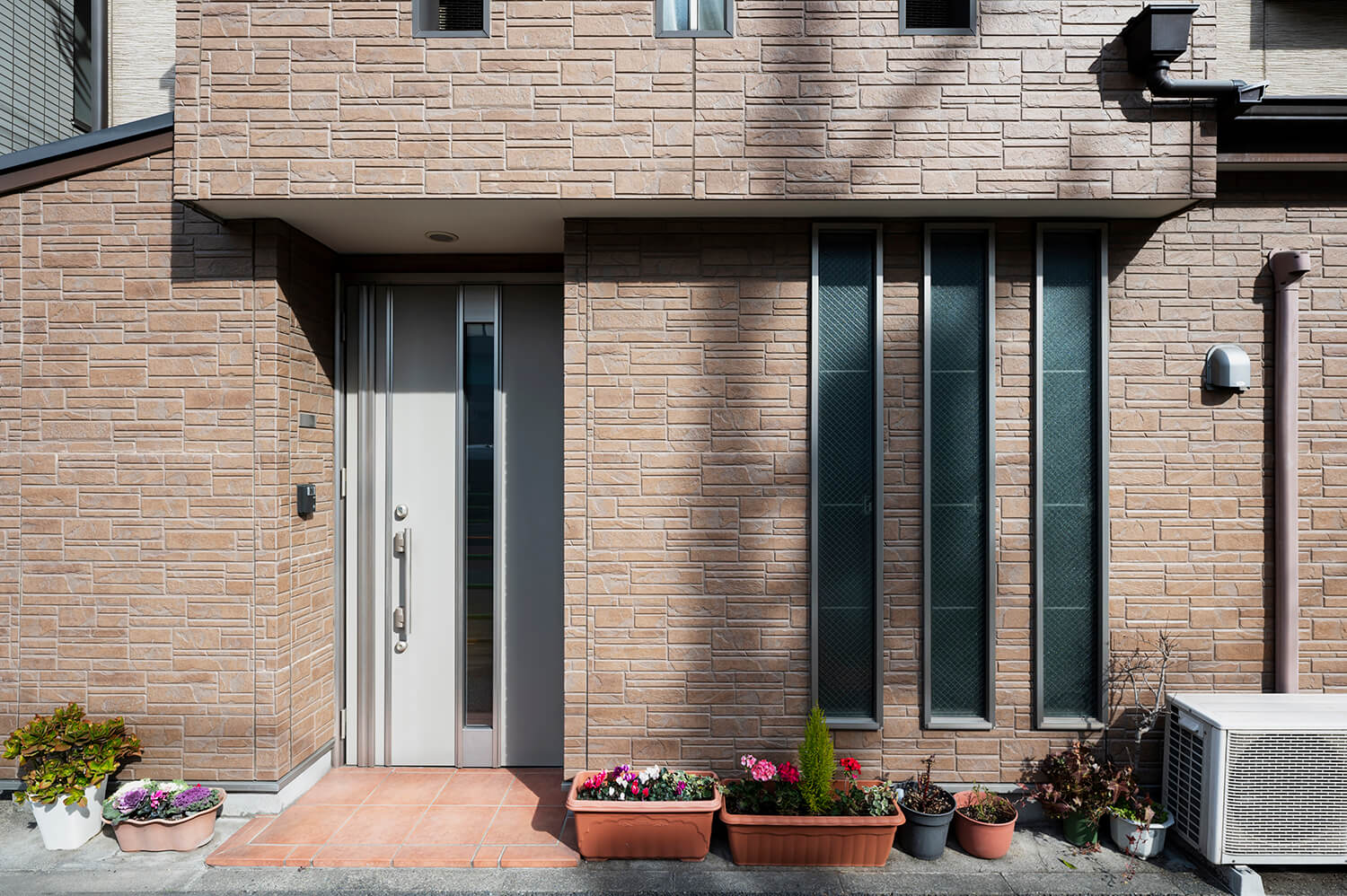Living in the northeastern part of the country presents some challenges.
We not only experience extreme winter cold, but the sub zero conditions persist for months at a time.
I expect to start up the furnace sometime in October and operate it non stop until at least the end of April. It’s not surprising to face temperatures in the forties or thirties well into May. Along with the expense of the heating system are the concerns associated with insufficient humidity. Cold air doesn’t retain as much moisture as warm air. The dry air pulls moisture out of everything it comes into contact with. Frizzy hair, chapped lips and static shock are common warning signs of a lack of proper moisture. The overly dry air can cause cracks in hardwood floors, moldings, doors, frames and furnishings. It aggravates issues with asthma, allergies and respiratory infections and increases recovery times from illnesses. Congestion, itchy eyes, sore throats, headaches and insomnia can be blamed on inadequate moisture. For anyone who suffers from psoriasis and eczema, the dry air is a big problem. Because dry air feels cooler than hydrated air, it encourages higher thermostat settings. Adding to the workload of the furnace worsens consequences of dry air while also increasing running cots and the risk of requiring repairs. It is worth it to invest into the installation of a whole-home humidifier. Portable humidifiers are too much work with very little reward. Whole-home humidifiers are incorporated right into the heating system, where the device introduces moisture in the air as it passes through.

